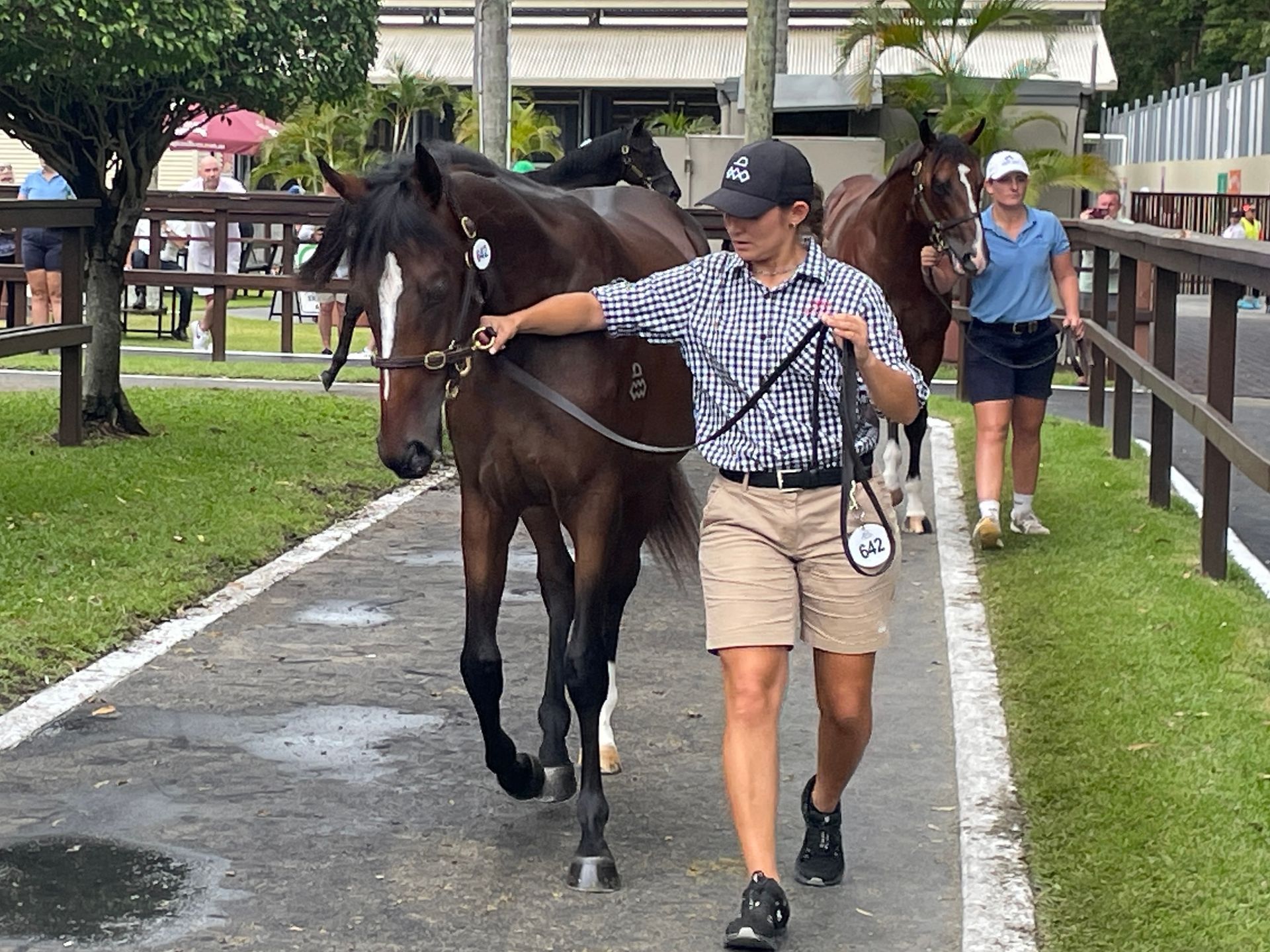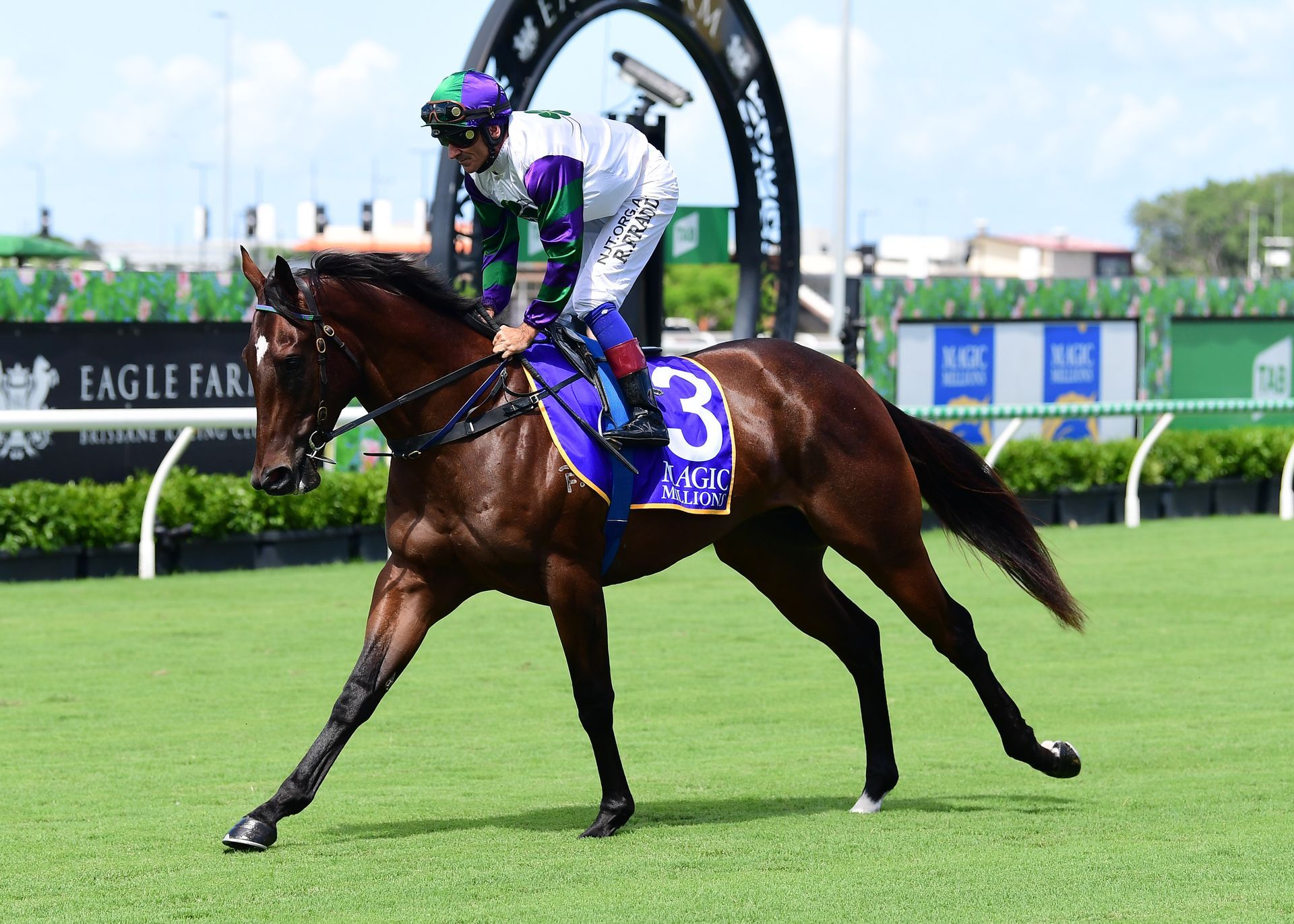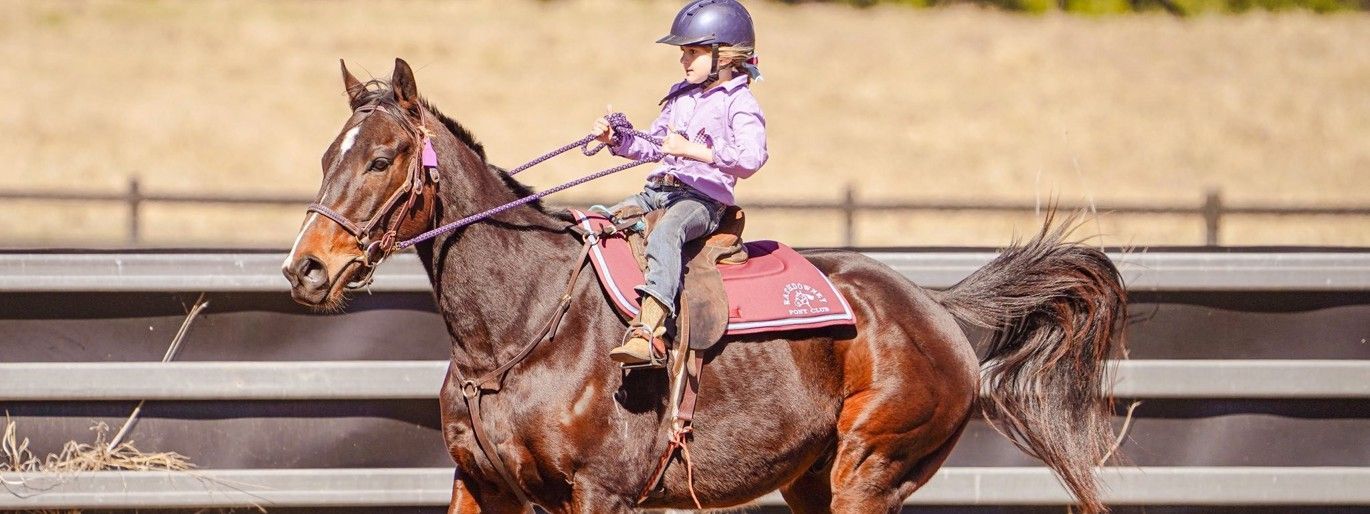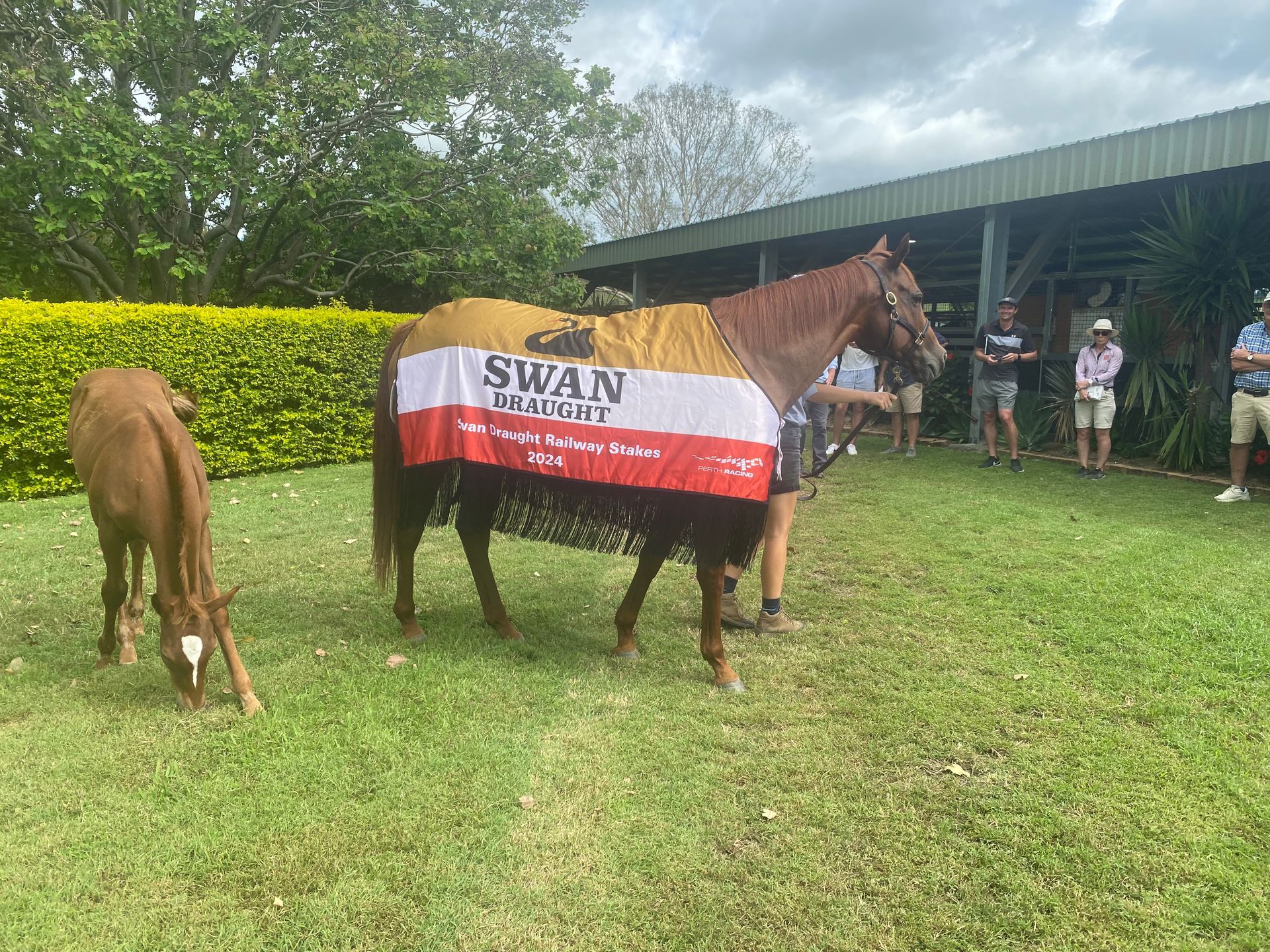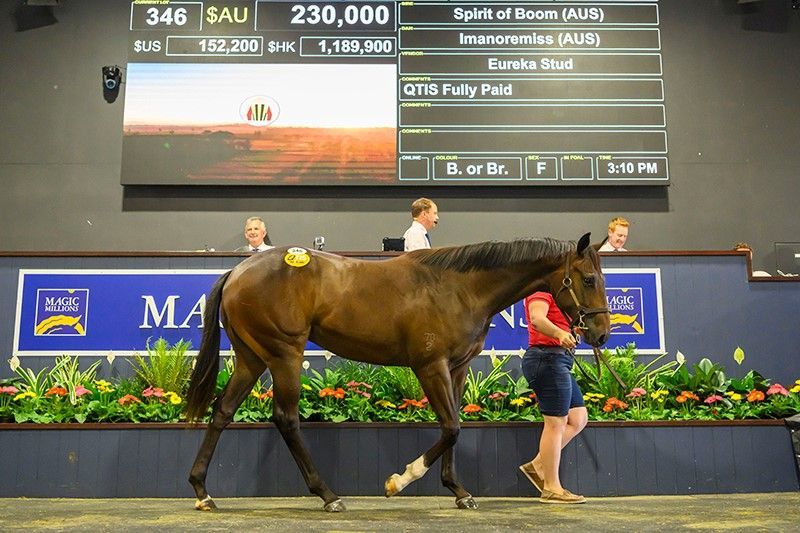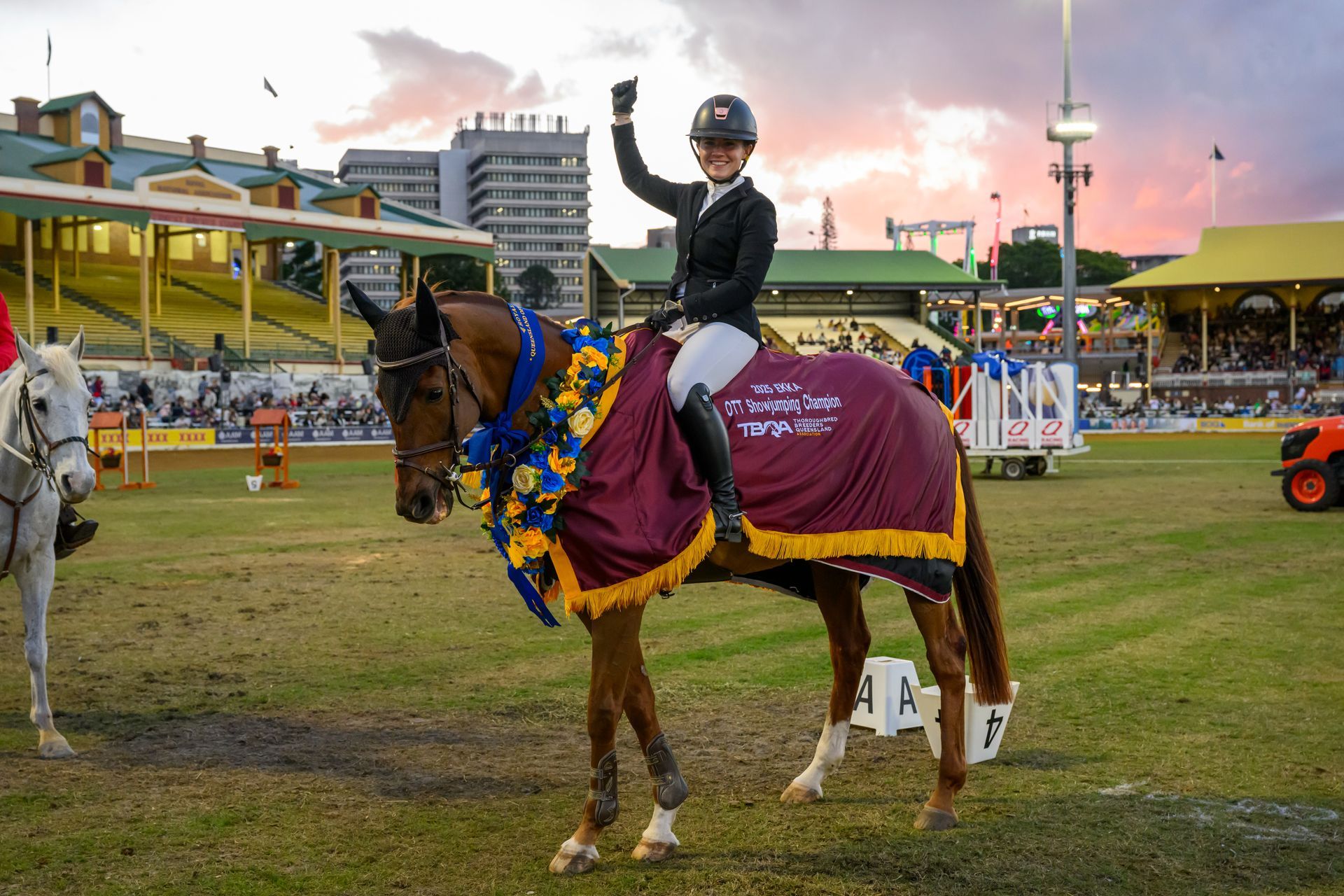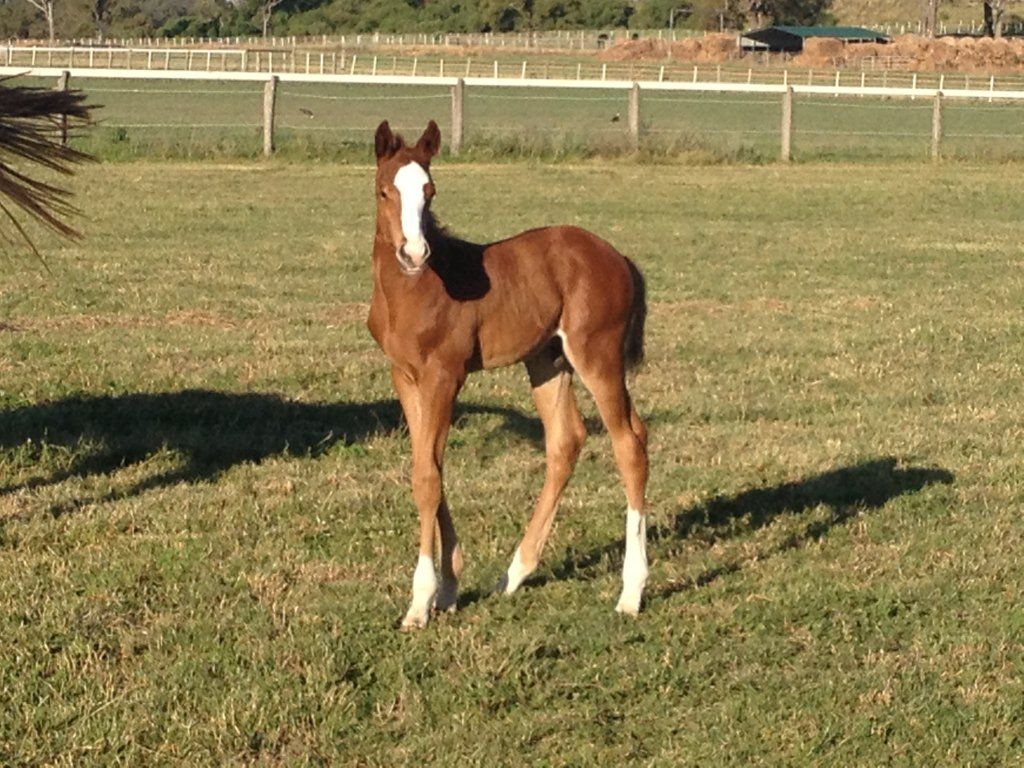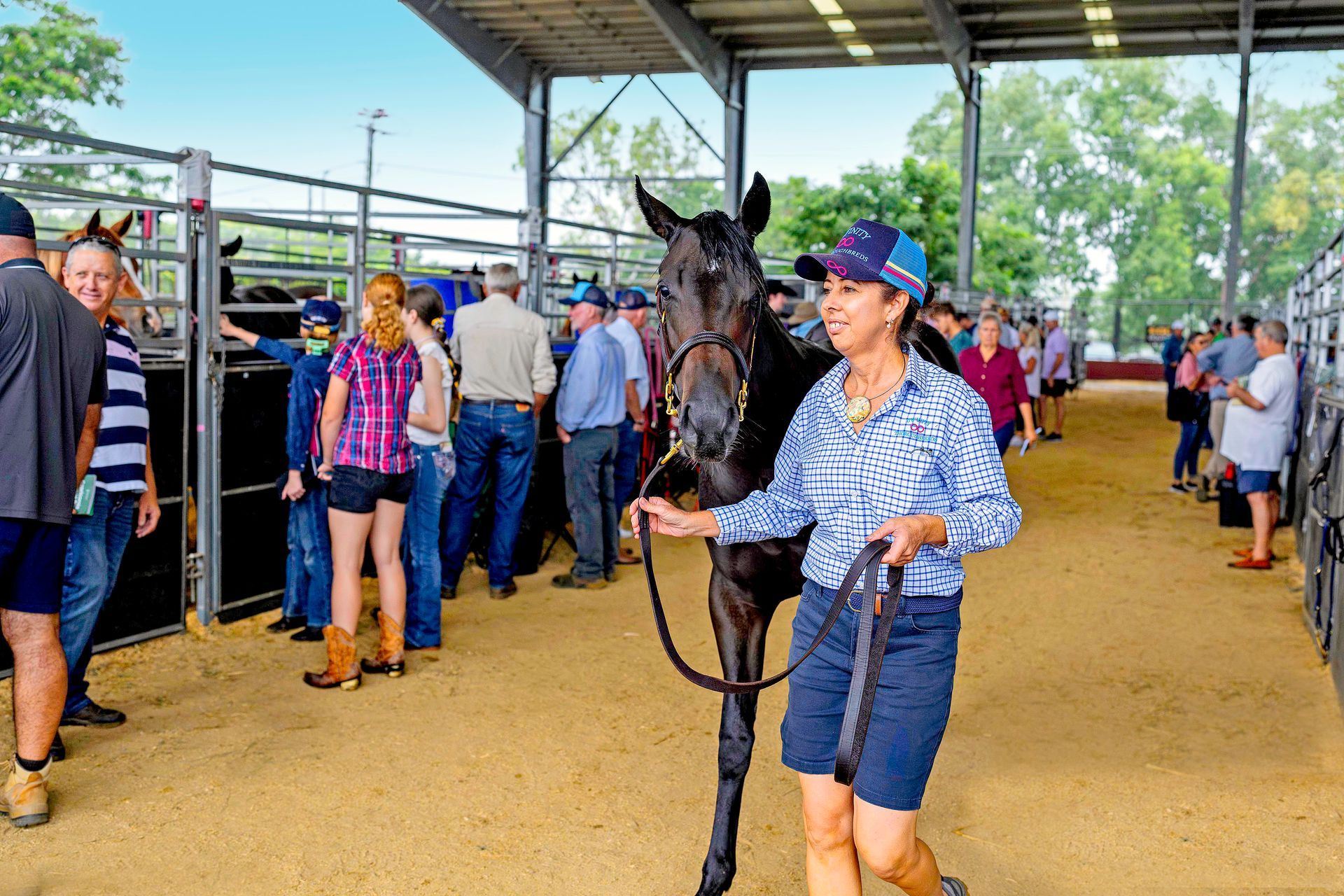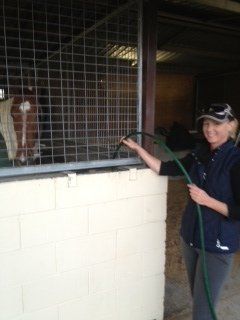Digging Deep Into Strangles
Can we eradicate the silent carrier?
A project being conducted through University of Melbourne’s “Centre for Equine Infectious Disease”, and funded by Agrifutures Australia, is researching whether the silent carrier of the highly infectious bacterial disease “Strangles” can be more readily detected and treated successfully. The aim of the project is to help reduce the risk of unsuspecting owners, trainers and breeders of horses, particularly thoroughbred racehorses, suddenly finding themselves with a devastating outbreak on their hands.
Strangles can cause severe disease, with depression, fever and large abscesses in the submandibular and retropharyngeal lymph nodes. When these abscesses rupture they discharge excessive amounts of infective material that can quickly spread from horse to horse by direct contact, or by “fomites” (ie on tack, in shared water or feed containers, on boots of handlers, off any surface). Some horses develop secondary abscesses internally, a life-threatening condition historically known as “bastard strangles”.
In any strangles outbreak, between 10 and 40% of recovered horses can go on to harbour the bacteria in their guttural pouches or paranasal sinuses, showing no signs but continuing to shed and spread the disease for up to 3 years after the original outbreak. These silent carriers are hard to detect, have been the key to the success of strangles spreading worldwide, but luckily, once detected, can be treated successfully.
A strangles outbreak can severely affect operations of commercial horse enterprises, cause significant welfare issues and require lots of resources to eradicate it from a property. It is a notifiable disease in Victoria, and with all Australian racing jurisdictions.
Strangles is caused by a bacteria known as Strep. equi (official name is Streptococcus equi subspecies equi), and this disease has afflicted horses worldwide for millennia.
The only location in the world free of strangles is the island nation of Iceland, which has had an import ban on horses for over 1000 years.
For centuries, a young horse getting strangles was considered a “right of passage”, such was the considered certainty of it occurring – in betting parlance, it was almost “odds on” that young horses would get it. The French military commander, Napoleon Bonaparte, in 1811 insisted that his cavalry only have horses that had previously had and recovered from strangles in his battalions so that any outbreaks of strangles would not disrupt his campaign. In WWII, the training camps of the Light Horse regiments conducted here in Australia were repeatedly inflicted with strangles outbreaks.
There is one vaccine against strangles available in Australia, the Zoetis product Equivac S® and also available as a combined tetanus and strangles vaccine Equivac 2 in 1®. Although this vaccine has been shown to reduce the severity of disease and the extent of outbreaks, transmission of strangles continues to occur in vaccinated populations.
The researchers at Melbourne University, led by Professor James Gilkerson, are initially seeking to use an antibody test to find out what percentage of horses populations in various States are carrying antibodies to strangles in their blood, which would suggest they have been exposed to the disease sometime previously. The blood test, known as an indirect ELISA, looks for antibodies to 2 different proteins on the strangles bacteria and potentially can differentiate between infected and vaccinated animals.
This blood test may also allow carrier animals to be detected, as it detects previous infection. Further testing (nasopharyngeal swab, like a covid test, and guttural pouch washes) can then be conducted to look for the bacteria so that it can be isolated and studied. All sample collections require signed owner consent before researchers can proceed.
The project was initially intending to collect samples from studs and properties in Victoria and NSW primarily, and some from Queensland, as the primary researcher, equine veterinarian and current President of Equine Veterinarians Australia, Dr Steve Dennis, resides in the Sunshine Coast hinterland. However, with the covid outbreak worsening in NSW and Victoria, collection of samples in Queensland have become a priority.
One of the issues which may make some racehorse breeders hesitant to participate is the concern that detection of evidence of exposure to strangles will trigger an investigation from Racing authorities. Apart from the fact that racing authorities have no jurisdiction over breeding farms, the initial part of the study, involving the blood testing of horses, detects antibodies only, which is evidence that the horse has in the past been exposed to the disease, but is not necessarily still harbouring the bacteria. Evidence of previous exposure does not invoke an obligation to notify an authority. Only active disease or infection carries that obligation. Further testing would be required to confirm that, and any participant has the option to opt out of the project at any time without further questions asked and any previous data de-identified immediately if they are still concerned.
The researchers are also bound by strict University of Melbourne policies regarding research ethics and privacy and can only disclose specific results to the horse or property owners directly. No third party can have access to identities of horses or owners, or any specific results. Eventually there will be reports of population data and trends made for Agrifutures, and articles published in scientific journals, but in no way will these reports and articles allow the identity of properties, owners or horses be determined.
Property and horse owners burying their heads in the sand won’t prevent the silent carrier potentially wreaking havoc on their properties, and this project is aiming to find ways to reduce the risk of that happening. There is an old adage: “You miss more by not looking than not knowing”. In other words, you may think you know all there is to know about your property and horses, but if you don’t look for something, you won’t find it.
Another stage of the project will be a questionnaire survey which will seek to find out whether biosecurity practices and antibiotic usage on properties have any effect on the incidence, transmission or containment of strangles. This will be an anonymous survey, although properties who participate in the sample collection part of the project can opt in to having their survey results linked to their blood test results so that the researchers can give them wholistic advice on their property management with respect to strangles and other infectious diseases.
Researchers from this project will be contacting breeders of thoroughbreds in Queensland to seek their participation in the project.
